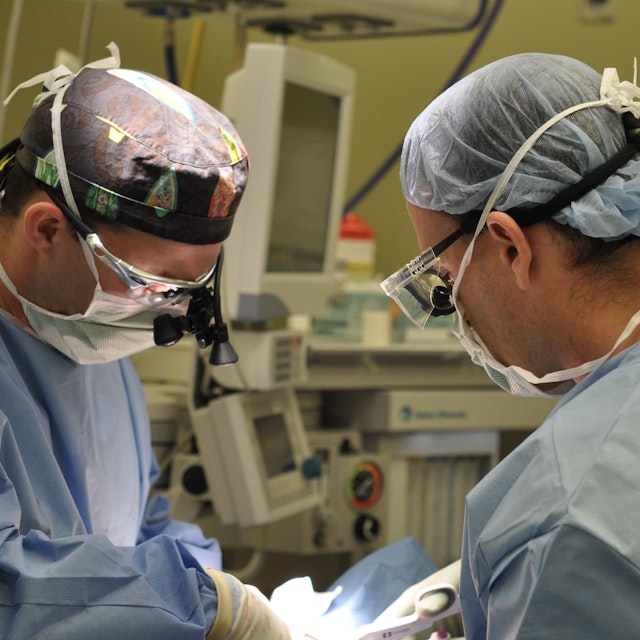1 - Michael Riordan, Medical Oncologist Peter Schlagel, MD, Urologist Charlie Rinehart MD, and Surgical Oncologist Paul Roach MD embark on a full discussion of Prostate Cancer: what it is, how it happens, how it behaves, and how it's treated.
2 - Guest: Charlie Rinehart, MD, a practicing Urologist and medical officer in the U.S. Navy, (formerly an officer in the USMC), undergraduate at Georgetown, Medical School at Columbia, and Urologic Residency at US Naval Medical Center, San Diego. Currently practices at the Captain James A. Lovell Federal Health Care Center, in North Chicago, Illinois. This is his second time on the program; for full introduction to Dr. Rinehart please check out the episode on Bladder Cancer.
3 - Timestamps:
[00:4] - Intro & disclaimer
[01:00] Overview of Prostate Cancer:
A. Incidence and broad description of the problem
B. What is a prostate? What is a PSA screening test? What does it mean to have an elevated PSA test? How is the PSA test done?
C. Clinical Presentation & who gets prostate cancer?
[10:50] Prostate Biopsy
[12:25] Shared decision making regarding prostate cancer screening
A. The good, the bad, the ugly
B. Risk reduction versus over treatment; the importance of age in the process
C. “Heterogeneity” and variability in prostate cancers
[20:00] Very Low risk, Low, Intermediate, High, Very High risk categories.
[26:15] The “Trifecta”
A. The goal: Treat the cancer, preserve urinary continence, preserve sexual function.
B. Risks and benefits of treatment options, based off of estimates of baseline risk.
C. What is “active surveillance?” Impact of age, baseline health status on deciding which course of action to take.
[31:20] Active Surveillance & Radiation Therapy
A. Age, health issues, prior experiences and their influence in choosing Surveillance or Xrt.
B. External Beam, IMRT (Intensity Modulated Radiation Therapy), Brachytherapy
[34:03] Side Effects of Surgery, Radiation Treatment
A. Incidence and range of incontinence, erectile difficulties
B. Impact of baseline function, age at time of treatment, time from surgery
C. Sequencing Surgery and Radiation treatments
D. Antitestosterone therapy
[42:00] Staging tests for localized versus widespread cancer.
A. CT scan and bone scans - traditional
B. MRI’s and PSMA tests - newer
[46:25] Michael’s questions on origin of the cancer: Genetic? Smoking? Diet? Exercise
A. African American/Black individuals a clearly higher risk of developing prostate cancer and should consider PSA screening 10 years earlier (age
B. Agent Orange exposure - Viet Nam Veterans.
C. Association with BRCA
i. What is it?
ii. Importance of Family Medical History (males & females)
[51:05] Summary of points thus far, and Radioactive seeds treatment option
A. When to use which option?
B. Lower risk options and higher risk options
[54:45] Prostatectomy
[56:21] Advanced disease
A. Locally advanced (i.e. spread outside the capsule of the prostate, and/or spread into the local pelvic lymph nodes or organs) disease
B. Distant (i.e. metastatic) disease
i. Androgen deprivation
C. Microscopic disease
D. Survival and quality of life
E. Testosterone supplementation and (+/-) association with prostate cancer.
[1:03:50] How does prostate cancer cause a man to die?
A. “Go-go” phase, “slow-go” phase, “no-go” phase
B. Androgen deprivation
[1:09:22] Closing and thanks
4 - Key takeaways in bulleted format:
-- Prostate Cancer happens to Men alone, as only men have a prostate, and has about the same frequency and risks as breast cancer has for women.
—It typically...
The podcast "So... It's Cancer." is embedded on this page from an open RSS feed. All files, descriptions, artwork and other metadata from the RSS-feed is the property of the podcast owner and not affiliated with or validated by Podplay.
